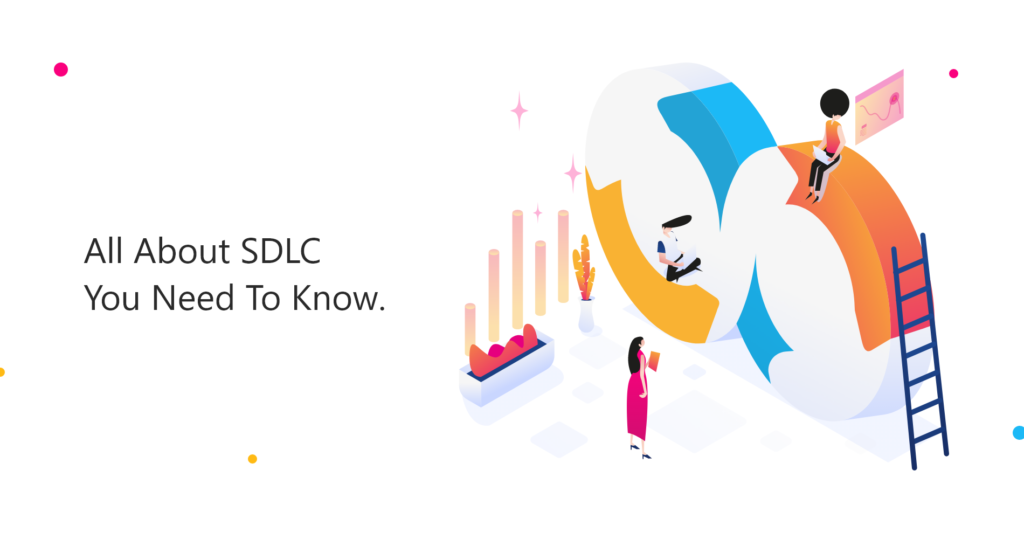The Software Development Life Cycle (SDLC) is an attempt to provide an answer to the issue of Just how software is built by outlining the various stages that occur from the beginning to the end of the process. The Software Development Life Cycle (SDLC) focuses on delivering high-quality software while using as few resources as possible.
Any software follows some given trends which include,
- Waterfall Model.
- V-Shaped Model.
- Iterative Model.
- Spiral Model.
- Big Bang Model.
- Agile Model.
Gathering of Needs and Requirements
It is the phase that every other stage in the cycle builds upon as a foundation. During this phase of web or mobile development, everyone who has a stake in the software that will be built gathers information that is relevant to the programme that will be developed. A customer, the owner of the product, and other relevant parties make up the stakeholders.
In most cases, a gathering here between project leaders and the essential parties is organized to take place. It is imperative that you take your time throughout this mobile development process, even though it may be time-consuming, because it is essential to have an excellent and unmistakable comprehension of the merchandise.
Design
During this phase of the app, website redesigning & development, the requirements that were determined through the SRS document are taken into consideration as input, and a software architecture that will be utilized for the construction of the system is developed.
During the design process, developers begin working on that software as well as the system while also beginning the design process. The primary objective of their work, as well as that of the other technical architects, is to satisfy all of the needs that are anticipated by the customers and the team.
The Development of Software
During this phase, developers and engineers with various areas of expertise, such as frontend and backend, work together to construct the software by executing the design and working with the requirements. Depending on the scale of the undertaking, this task can be completed by a single individual or by a huge group of people.
The data model and any other essential components are crafted by the backend developer, along with any other prerequisites like custom solutions. The final step is for the developer working on the front end to construct the user interface according to the design and then plug it into the back end, if necessary.
Testing
Testing can only begin once all of the coding has been finished. At this point, each module will have been delivered to the testing phase. During the process known as testing, the software that was produced is evaluated and reviewed in an exhaustive manner, and any errors that are discovered are reported to the developers so that they can be repaired.
- System testing: This includes evaluating the system in its entirety in order to confirm that it satisfies all of the requirements that have been established.
- Integration testing is when separate components are brought together and tested as a cohesive unit. The testing crew engages in conversation with the software through clicking on buttons, scrolling, and swiping their fingers over the screen. It is not necessary to have knowledge about how the backend of the system operates.
- User acceptability testing is the very last test that is performed before releasing the programme. It is possible for prospective users or customers to carry it out.
Deployment
Only once all of the tests have been successfully completed is the software handed over to the team working in the production environment. Here, the User Acceptance Testing (UAT) is carried out according to the requirements that were specified by the client.
The deployment team adheres to a few different procedures in order to guarantee that the operation is carried out successfully. There are times when it can be difficult. Creating instructions and deployment papers such as installation manuals, system user guides, and other similar materials is required for this step.
Maintenance
The development process has now reached its conclusion with this stage. Bugs that were not found during testing are brought to light and corrected during this part of the process. This remedy may occur in the form of a hotfix, which is an immediate correction of a bug, or it may arrive in the form of a routine software update.
In addition, a large amount of input from the customers is gathered during this stage. The feedback contributes to an improvement in the customer experience, which may, at some point in the future, drive changes to the programme. Contact Nettbyte today to get quotes to give a boost to your dream business.







